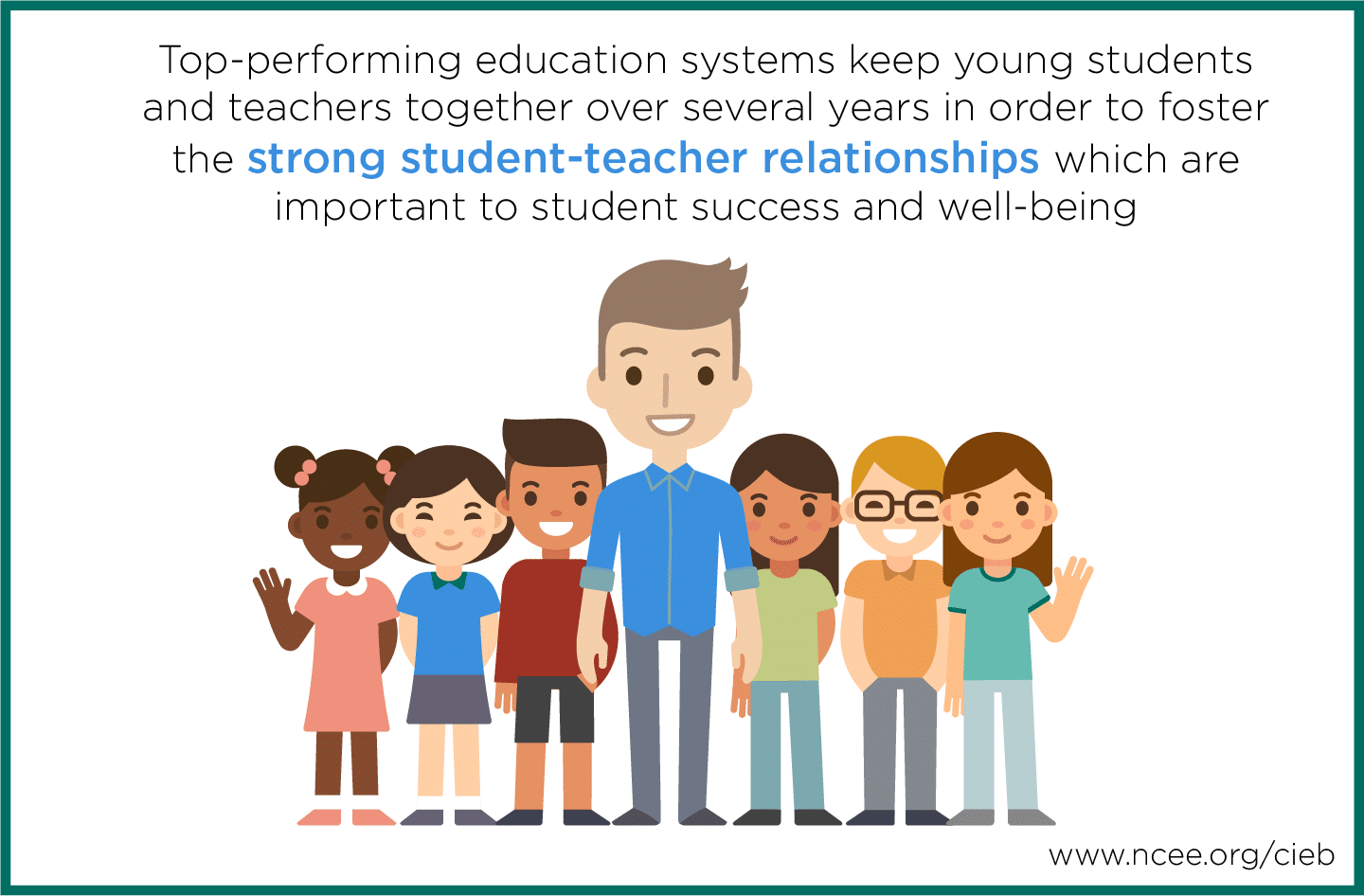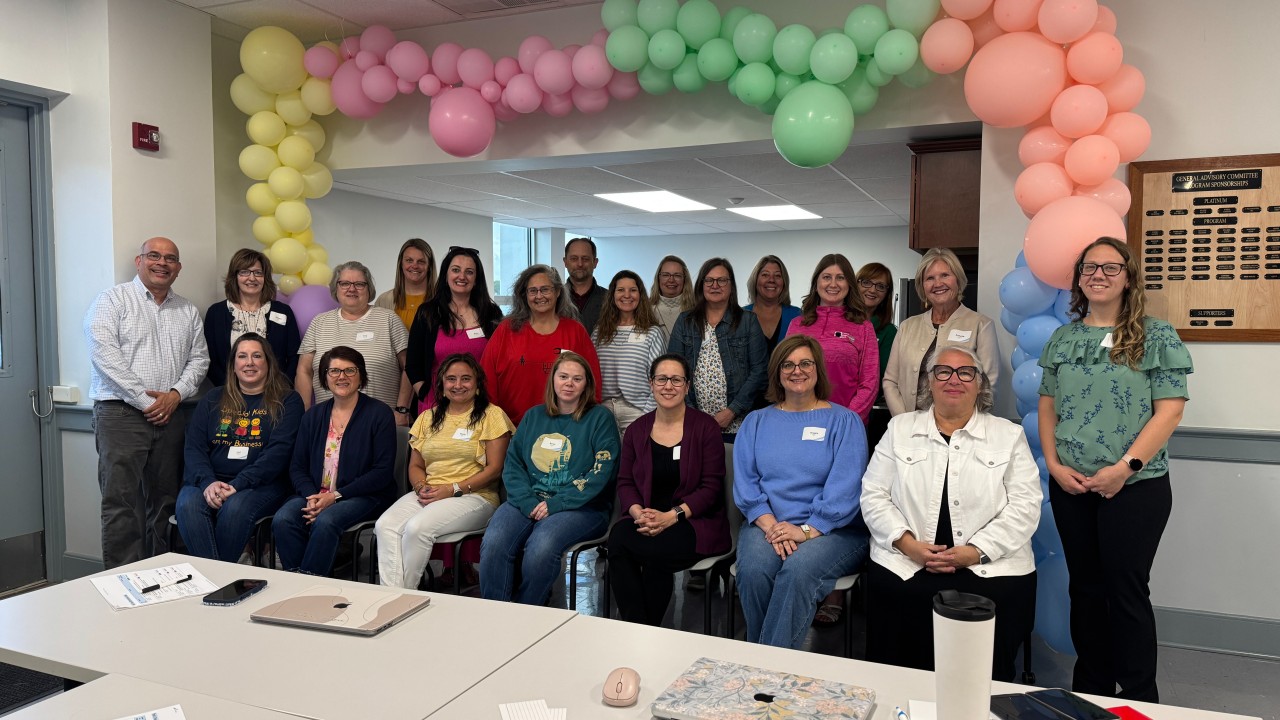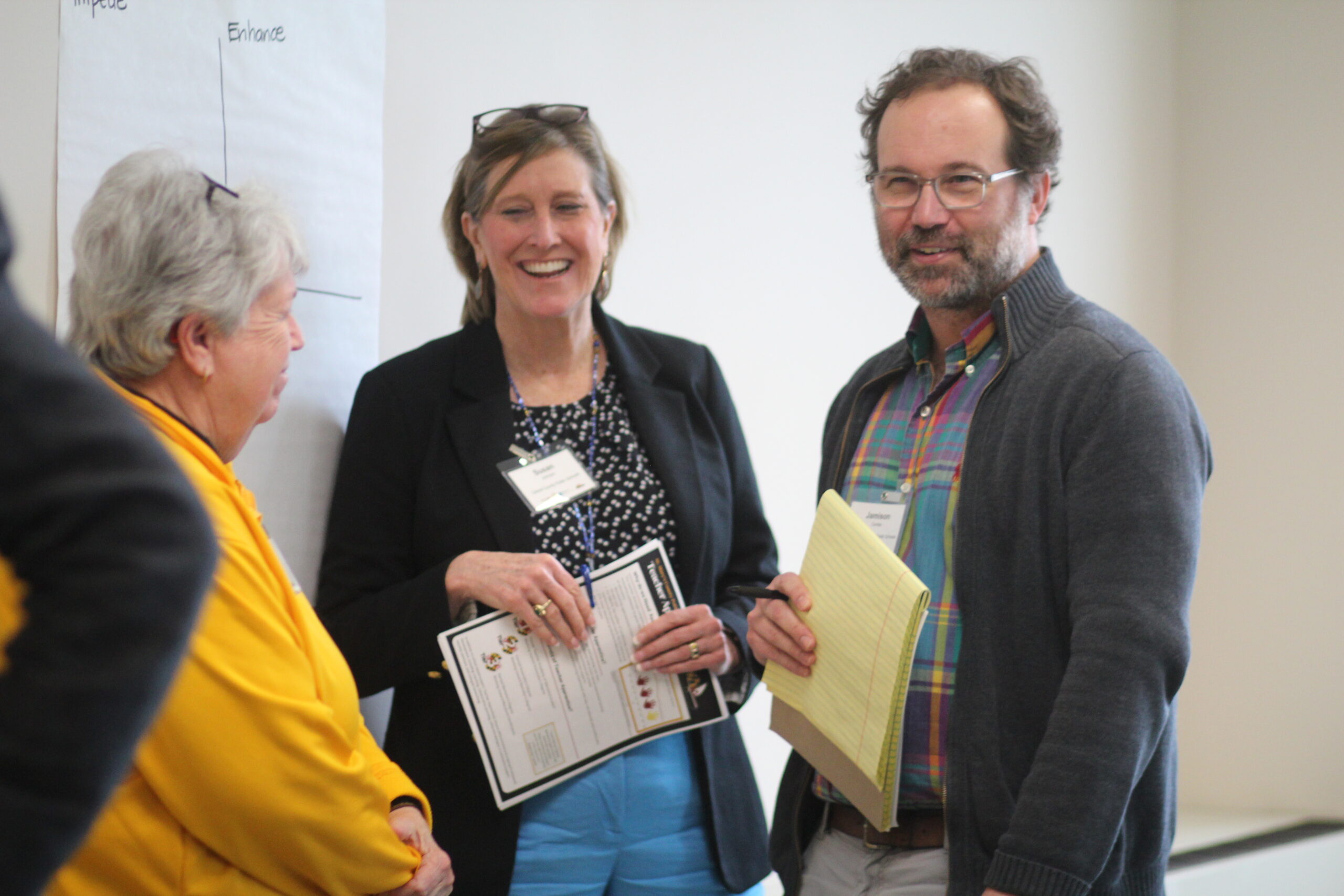
By Jackie Kraemer
The idea that all students need an adult who is responsible for them and their well-being at school has gained traction this past year, as so many students were disconnected from school. One strategy top-performing systems use to accomplish this goal is to keep young students and teachers together over several years.
In Japan, Estonia and Finland, for example, students generally stay together as a class with their teacher for the first three or four years of elementary school and sometimes through the upper grades as well. This practice allows teachers to get to know each student and his or her family well and it better positions the teacher to ensure that students get the support they need to succeed. It also saves instructional time as teachers do not need to spend several weeks establishing new rituals and routines for classroom activities and behaviors in the beginning of each year. It likewise allows students to build extended relationships with a core group of peers. In Finland, it is also common for teachers to visit students at their homes each year. Teachers work together with parents and guardians as a team to support the student. In Japan, students also prepare lunch, eat together in their classroom, and clean up after the meal together, functioning as a family-like group for several years. These systems often use specialized teachers for specific subjects like math and languages, especially at the upper grade levels, so students are able to both have the consistency of a home teacher and the expertise of specialist teachers. In Estonia, it is common for elementary teachers to team teach, with one teacher taking math and science subjects and the other taking languages and social studies.
For more information about these practices in top-performing education systems see NCEE’s Country Profiles, and for a reflection on the ways in which U.S. schools are reevaluating teacher assignments after the disruption of distance learning during the pandemic, see Ann Borthwick’s piece Creating a New Normal: Breaking Open the Daily Schedule to Improve Teaching and Learning.




